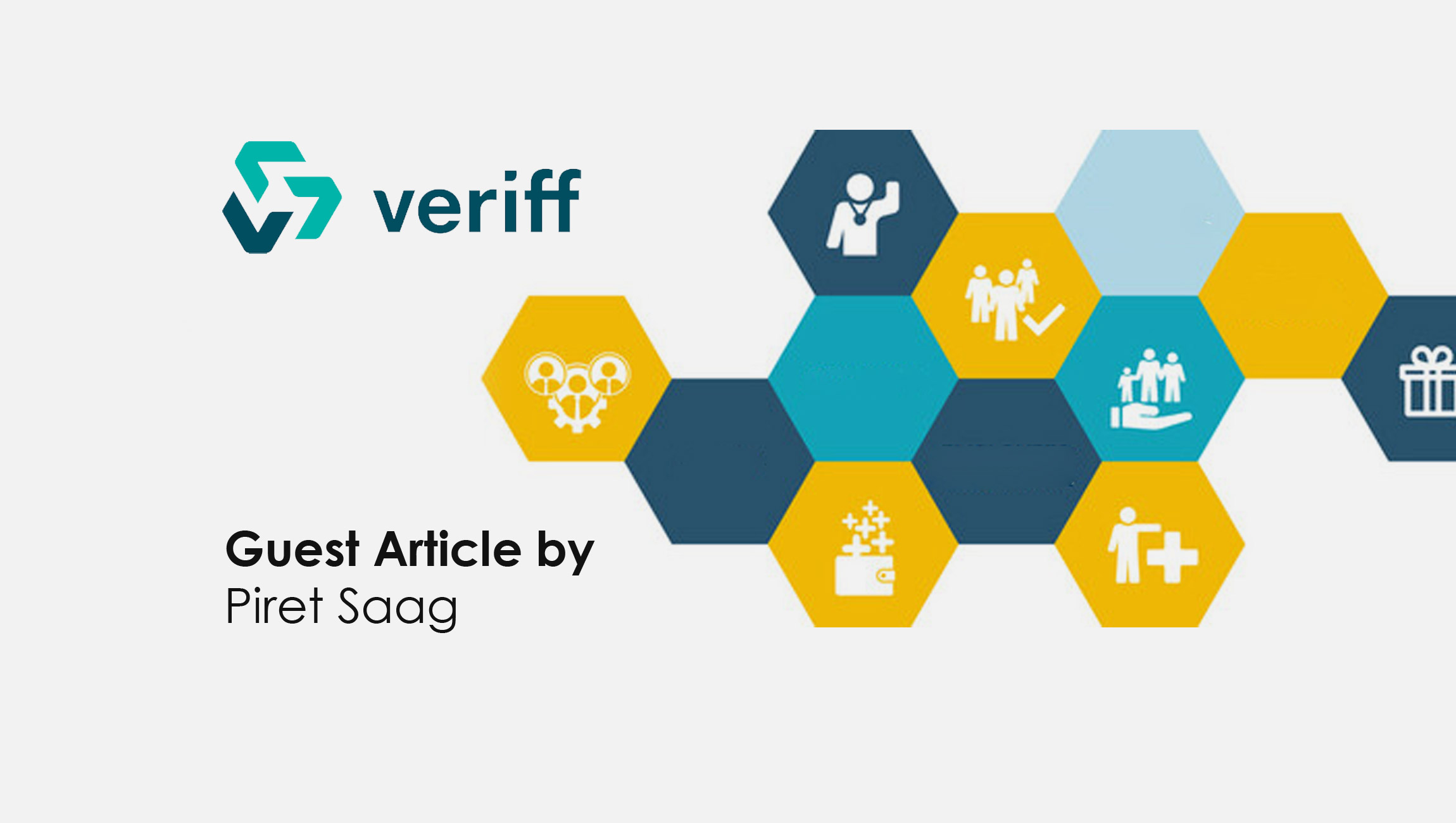The word “sabbatical” often conjures up a picture of a university professor taking time away from the classroom to conduct research, further their education or teach abroad. While common in the academic world, sabbatical programs for more tenured employees at businesses are also growing in popularity worldwide.
Although still a rare offering for most employers – with only 5% of companies offering paid sabbaticals and 11% offering unpaid – more businesses are looking to offer this perk to help retain top talent and reduce burnout. There are many benefits – for both the employees and employers – to offering this extended time off.
On a personal level, sabbaticals can help reduce stress and anxiety for employees and improve their overall mental well-being.They may choose to use the time to volunteer, spend more time with family, focus on self-development or simply soak in not having any work-related demands. All of this can help contribute to an employee’s happiness and personal growth.
Sabbaticals also have professional perks for employees. Some may take the time to focus on skills development or rethink their career goals. Oftentimes employees return with fresh perspectives, new ideas and more motivation which can benefit both the employee and employer. Employers see gains in less employee burnout and improved talent retention to more opportunities to train employees in new roles as they cover for their colleagues. More often than not, sabbaticals are mutually beneficial.
Marketing Technology News: Kevel’s APIs Help Launch Everli’s Retail Media Ad Platform
Implementing a successful sabbatical program
Implementing a successful employee sabbatical program is an investment – especially for startups – and can be messy on multiple levels if not executed correctly. Here are some tips to keep in mind when rolling out an effective sabbatical program.
1. Strategize and communicate qualifications.
It’s important for organizations to formulate and align on the qualifications they will require for their leave policy, document them, and then communicate these to the whole company. Does the employee need to be in good standing, and if so, what does that entail? How long must they be with the company to qualify for a sabbatical leave? This may differ according to the industry and company size. For a fast paced startup, a shorter timeframe such as three years demonstrates a solid commitment in an environment that is ripe for burnout. For more established companies, it may make more sense to offer the perk after a longer period of time – say five to seven years. Some companies might just want to offer an unofficial sabbatical program that is approved on a case-by-case basis upon request. Take the approach you think will work best for both your employees’ and company’s needs.
2. Set expectations when it comes to the time frame and activities.
How long should the sabbatical leave be, and what is expected of employees during their time off (if anything)? Again, depending on the company size and industry, organizations must think about how much leave they can afford to give, and make sure they communicate if employees risk losing their sabbatical time if they don’t take it within a certain timeframe. Also, if the company expects employees to use their leave for a specific purpose such as research or skills development, they must ensure that is communicated to eligible employees. For example, Deloitte provides two types of sabbaticals. One option offers an unpaid one-month leave for any purpose. The other offers a three or six month sabbatical focused on career development and personal growth under reduced pay.
3. Plan ahead.
While it may seem obvious, having a handful of team members out for months at a time can wreak havoc on their teams if not planned for properly. Organizations must have a process in place for effective employee coverage, and require that sabbatical dates are requested well in advance so the ones going on leave do not leave their colleagues hanging. The further they can plan in advance, the better.
Ultimately, there are a number of companies rolling out sabbatical programs with great success, but it’s still fairly new in the corporate world with much room for growth and improvement. After rolling out a sabbatical policy for Veriff, we know that it is possible for a company of almost any age and size, and that it can be extremely beneficial to both employees and employers if executed correctly. Especially in this day and age of distributed work, increased stress and anxiety, it can be an extremely valuable perk for retaining key talent for businesses around the world and should not be overlooked.
Marketing Technology News: MarTech Interview with Jerry Luk, Co-Founder & President at Firework











